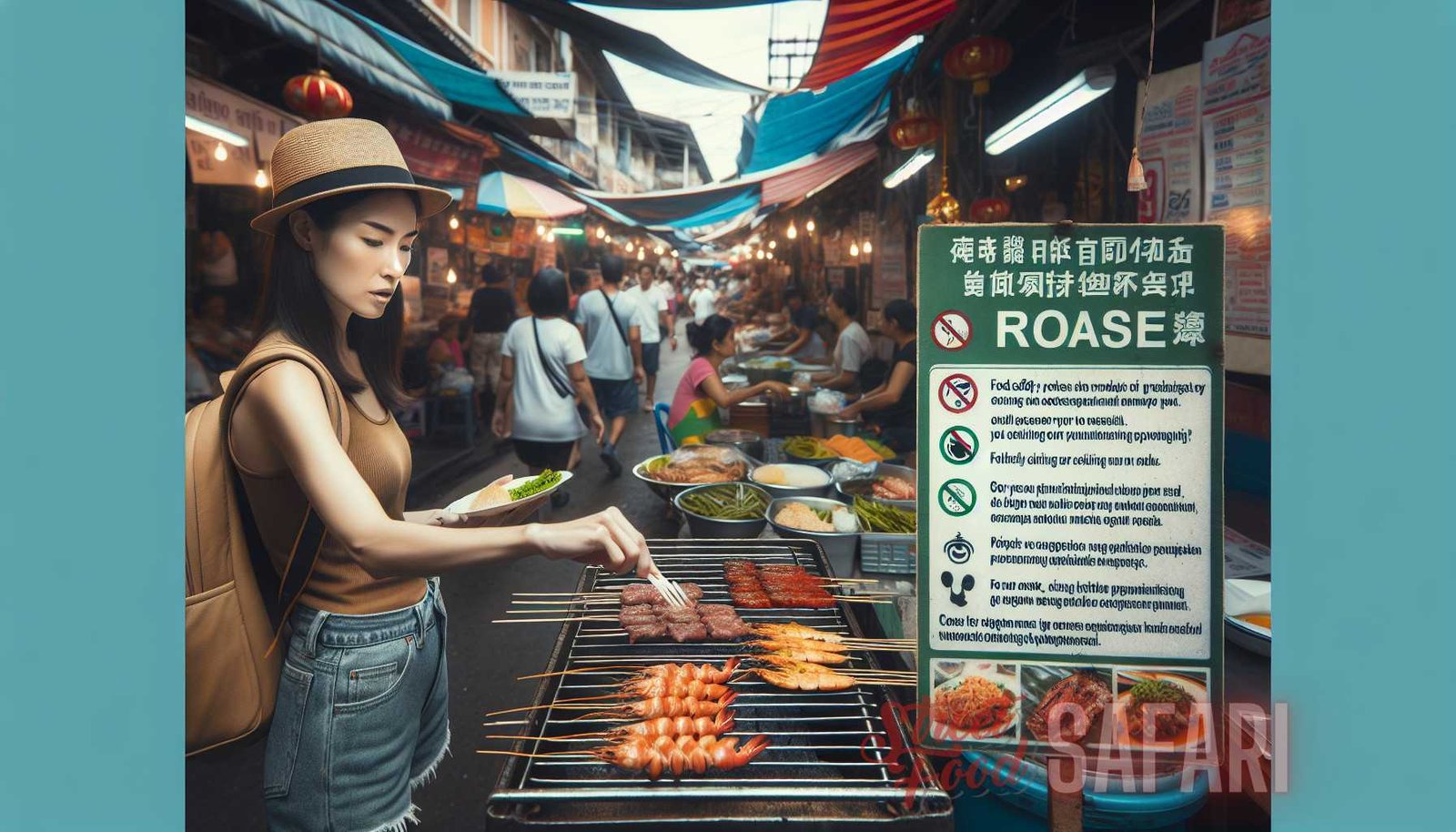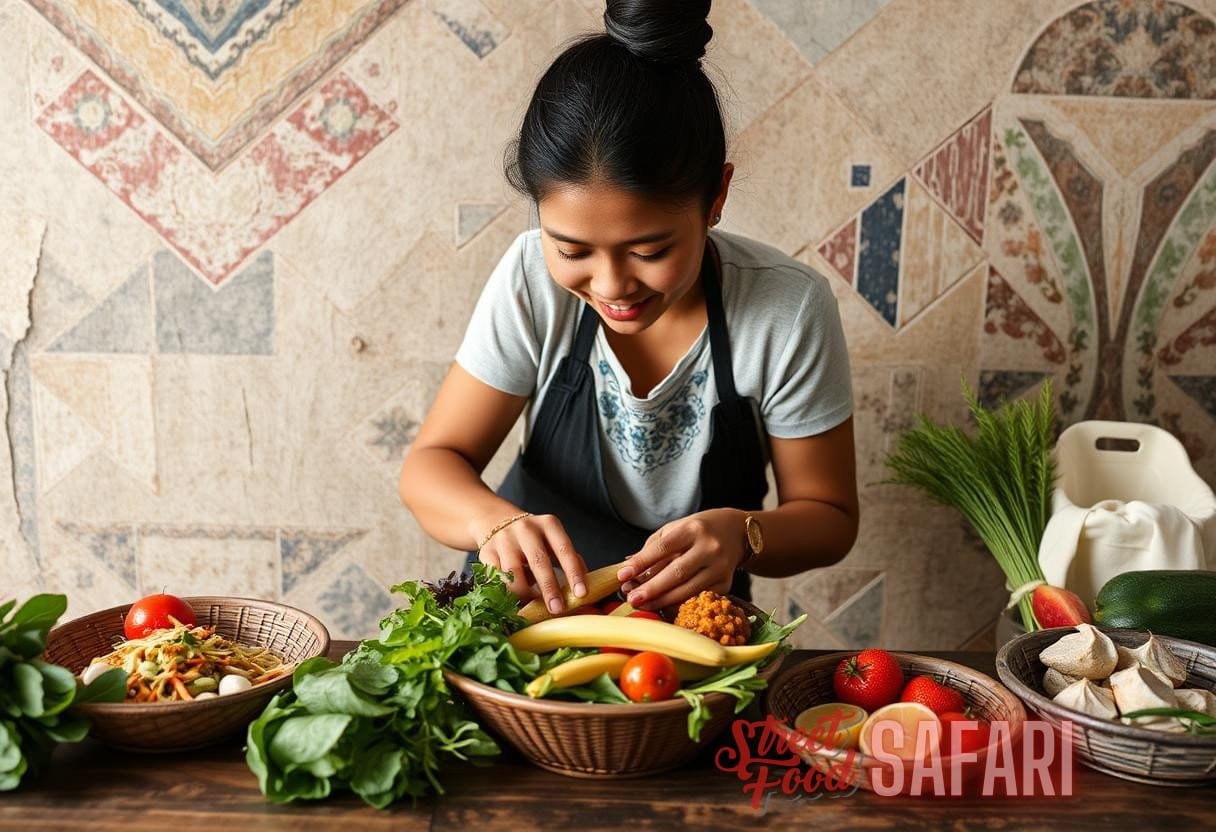Introduction
Exploring street food is a fascinating way to experience the flavors, aromas, and culture of a new destination. From sizzling kebabs in Istanbul to crispy tacos in Mexico City, street food offers a unique culinary adventure that should not be missed. However, when indulging in these delectable treats, it is essential to prioritize street food safety to ensure a healthy and enjoyable experience. In this comprehensive guide, we will delve into the world of street food safety, providing travelers with tips, insights, and best practices to make informed decisions and savor the local cuisine without compromising their well-being.
The Appeal of Street Food
Street food holds a special allure for both locals and travelers alike. It is often an intrinsic part of the local culture, reflecting the region’s history, traditions, and culinary artistry. Here are a few reasons why street food has become so popular:
- Affordability: Street food is often more budget-friendly compared to dining in restaurants, making it an excellent option for travelers on a tight budget.
- Authenticity: Street food captures the authentic flavors and cooking techniques passed down through generations, providing an unparalleled taste of local cuisine.
- Availability: Street food stalls are abundant in many cities and towns, offering a convenient, on-the-go dining option for busy locals and travelers alike.
- Socializing: Street food markets and stalls create a vibrant and communal atmosphere, providing an opportunity for travelers to interact with locals and fellow food enthusiasts.
- Variety: Street food vendors often specialize in a particular dish or cuisine, allowing travelers to sample a diverse range of flavors in a single location.
Internal Link:
For more tips on experiencing vibrant local culture while traveling, check out our article on Planning a Cultural Trip.
Understanding Street Food Safety
Street food safety refers to the practices and precautions taken by vendors to ensure the hygiene and quality of the food they serve. It involves everything from sourcing fresh ingredients and handling them properly to maintaining clean cooking environments and adhering to local food safety regulations. Travelers can play an active role in safeguarding their health by being aware of these safety measures and making informed choices when it comes to street food consumption.
The Risks of Street Food
While street food can be delightfully delicious, it is not without risks. Some of the common risks associated with street food consumption include:
- Contamination: Street food stalls may lack proper food handling facilities, increasing the risk of contamination from bacteria, viruses, and parasites.
- Unsafe Ingredients: Some street food vendors may use subpar ingredients or unsafe food additives to cut costs or enhance flavors.
- Improper Cooking: Inadequate cooking or reheating of food can leave harmful bacteria and pathogens intact, leading to foodborne illnesses.
- Unhygienic Practices: Poor personal hygiene of food handlers and improper equipment sanitation can contribute to the spread of diseases.
Essential Street Food Safety Tips
To ensure a safe and enjoyable street food experience, follow these essential tips:
1. Choose Popular and Busy Food Stalls
Popular and busy food stalls tend to have a high turnover rate, ensuring that the ingredients are fresh and the food is prepared and consumed quickly. Additionally, vendors who attract a large number of customers are likely to have a reputation for quality and cleanliness.
2. Observe Food Handling Practices
Take a few moments to observe the food handling practices of the street food vendor. Ensure that the vendor follows basic hygiene practices such as wearing gloves, using tongs or scoops, and avoiding bare-hand contact with the food.
3. Look for Clean Preparation Areas
Pay attention to the cleanliness of the preparation area. Look for signs of cleanliness such as a clean cooking surface, separate raw and cooked food areas, and proper waste disposal facilities.
4. Inspect the Food and Ingredients
Thoroughly inspect the food and ingredients before placing an order. Check if the food appears fresh, properly cooked, and free from any signs of spoilage or contamination. Avoid street food stalls where the ingredients are poorly stored or improperly handled.
5. Choose Well-Cooked Food

Opt for fully cooked food, as heat kills most bacteria and pathogens. Avoid undercooked or raw foods, particularly meats, seafood, and eggs, which are more prone to contamination.
Internal Link:
To learn more about how to stay healthy while traveling, read our article on Staying Healthy While Traveling.
Additional Street Food Safety Precautions
Besides the essential tips mentioned above, consider taking additional precautions to ensure street food safety:
1. Drink Bottled Water
Stay hydrated with bottled water instead of consuming tap water, which may not be safe in some regions. Avoid adding ice to your drinks, as it is often made from tap water.
2. Use Pre-Packaged Condiments
Opt for pre-packaged condiments such as ketchup, mustard, and mayonnaise, which are less likely to be contaminated compared to condiments stored in open containers.
3. Peel Fruits and Vegetables
If you choose to indulge in fresh fruits and vegetables from street vendors, ensure that they are thoroughly washed and peeled before consumption to minimize the risk of contamination.
4. Carry Hand Sanitizer
Keep a small bottle of hand sanitizer with you to clean your hands before and after eating, especially if access to clean water and soap is limited.
Knowing Your Limits
While exploring street food is exciting, it is vital to be mindful of your own dietary limitations and health conditions. Here are a few considerations to keep in mind:
1. Allergies and Dietary Restrictions
If you have allergies or dietary restrictions, thoroughly inquire about the ingredients and cooking methods used by the street food vendors. Be cautious about cross-contamination and opt for vendors who can accommodate your specific dietary needs.
2. Spicy and Unfamiliar Foods
If you are not accustomed to spicy or highly seasoned foods, start with milder options and gradually increase the intensity. Similarly, if you are trying a new type of cuisine, opt for familiar ingredients and dishes before venturing into unfamiliar territory.
Conclusion
Exploring street food can be an exciting and memorable part of any travel experience. By following the street food safety tips and precautions outlined in this guide, travelers can enjoy the incredible flavors of local cuisine while minimizing the risks of foodborne illnesses. Remember to choose reputable vendors, observe food handling practices, inspect the food and ingredients, and take additional precautions such as drinking bottled water and using hand sanitizer. With these guidelines in mind, travelers can embark on a culinary adventure that is both delicious and safe.
External Link:
For more information on the global street food culture, refer to the Wikipedia page on Street Food.



